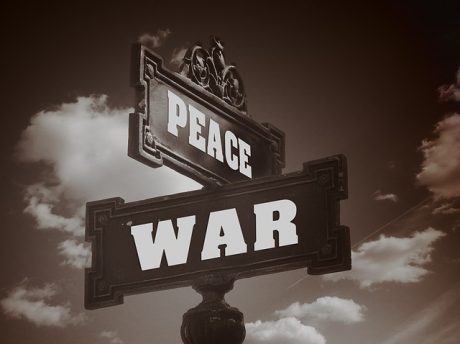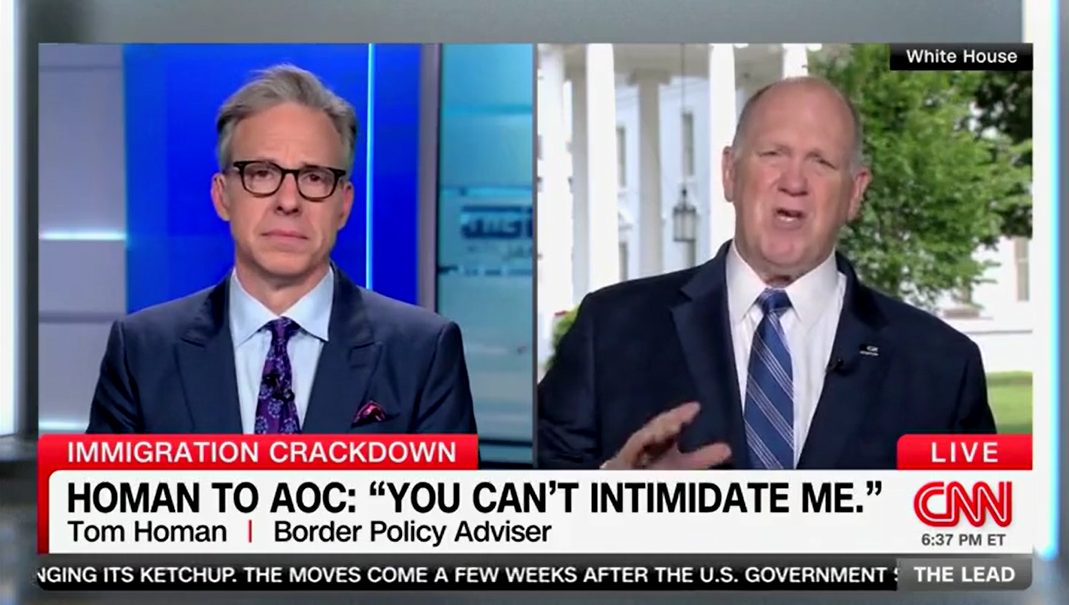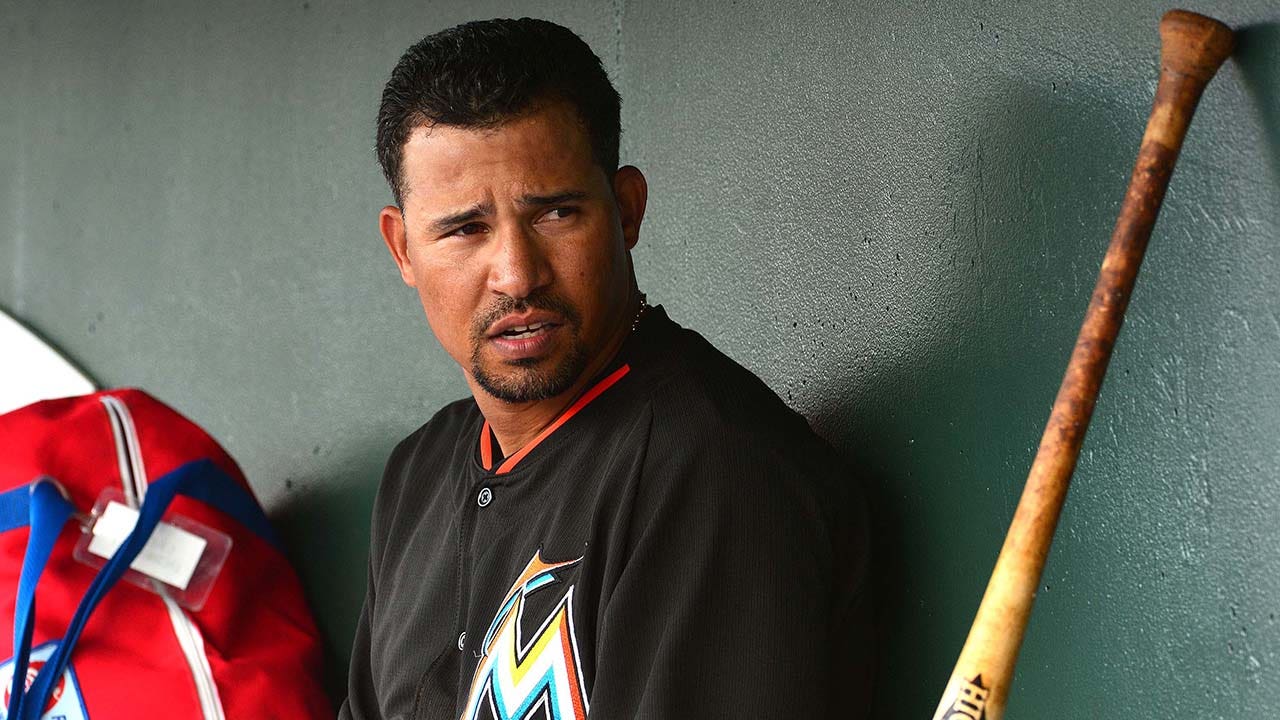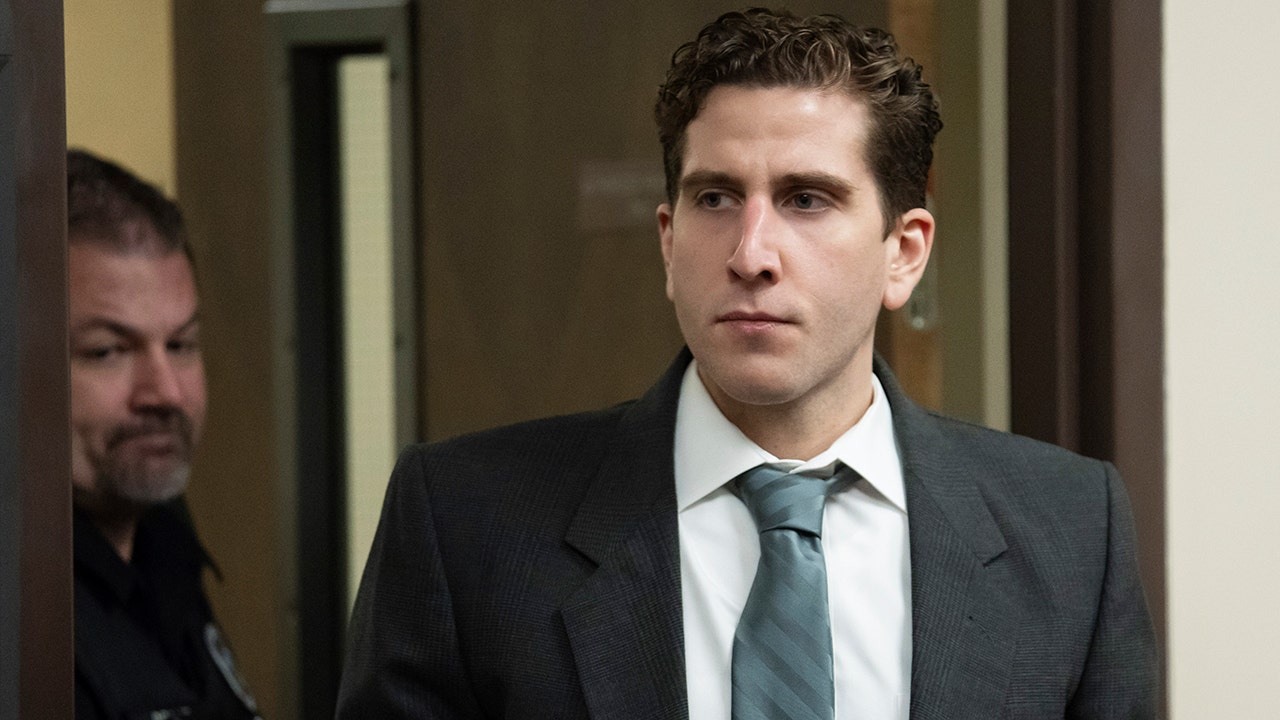Conservative parties from Germany and Poland to Australia and Canada are seeking to mimic the “America First” approach that fueled President Donald Trump’s stunning political comeback in 2024. That slogan, once ridiculed by global elites, has now become a rallying cry defining campaigns and shaping new coalitions.
Throughout the world, the issues animating voters are strikingly similar: border and national security, energy independence, economic deregulation, and the unsustainable growth of national debts. Politicians are facing the same basic dilemma: cut spending and risk economic stagnation, or expand the debt and face either austerity or tough choices on social welfare.
Nowhere is this more apparent than in Germany.
A month ago, German voters ousted the ruling socialist coalition in record numbers, rejecting policies of debt expansion paired with sky-high subsidies and an inflated welfare state. The conservative Christian Democrats (CDU), long Germany’s dominant center-right party, emerged victorious. The hard-right Alternative for Germany (AfD), once a political pariah, came in second, winning 152 seats in the Bundestag.
The CDU now faces the challenge of building a governing coalition. The negotiations are still in their early stages, but CDU leader Friedrich Merz has pledged not to cooperate with the AfD. Yet Merz’s recent compromise to pass a debt package has damaged his popularity, allowing the AfD to grow stronger in the polls.
Security concerns are front and center in Germany. Vladimir Putin has again escalated tensions, warning that “nuclear weapons exist in order to use them.” In response, a recent poll found that 69 percent of Germans support a common European army, while 54 percent back a German-French nuclear umbrella.
Regardless of internal squabbles amongst the competing factions of the German conservative movement, what remains evident is that Europe’s largest economy is moving in a decidedly rightward direction.
The same forces driving this political phenomenon in Germany are also at work in Australia, which will hold federal elections on May 3. However, in this case, both major parties are cautiously inching rightward to attempt to capture shifting voter sentiments.
Peter Dutton, leader of Australia’s center-right Liberal Party, has shifted his tone on energy and climate amid mounting voter unrest. He now tacitly embraces nuclear energy, seeks tax cuts, and is emphasizing defense. But he still trails the left-wing Labor Party by nearly three points in the polls.
The Labor Party, which currently controls the government and is headed by Prime Minister Anthony Albanese, has a tax policy proposal which offers two rounds of relief, saving the average earner about $530 a year. That’s popular with working-class voters, many of whom might otherwise lean conservative.
Both parties have made defense a pillar of their economic strategy. But as the ruling party, Labor moved first – sending a $500 million down payment to the U.S. for nuclear submarines and investing in U.S. shipyard infrastructure. This bolstered the AUKUS alliance, a trilateral pact between Australia, the U.S., and the U.K. that enjoys rare bipartisan support.
Albanese also inked a $6.5 billion deal with Canada’s acting leader, Mark Carney, to co-develop a hypersonic radar detection system under the NORAD command. The system will protect North American airspace and strengthen Arctic defense—a top concern as China and Russia increase activity near the pole.
In Canada, the public is sharply focused on inflation, energy costs, and national defense. Polls show the Conservative Party, led by Pierre Poilievre, slightly ahead of the governing Liberals.
Poilievre has promised to cut the bottom marginal tax rate from 15 percent to 12.75 percent, outpacing the tax relief offered by Mark Carney, his Liberal opponent. The Conservative plan would reduce government revenues by an estimated C$12 billion ($8.4 billion), compared to C$6 billion ($4.2 billion) under the Liberals. Neither party has laid out a realistic strategy to balance the budget.
“We will be cutting bureaucracy,” Poilievre has also declared in true Trumpian fashion, hinting at a DOGE-style effort to eliminate waste, fraud, and abuse.
Canadian voters go to the polls on April 28. Two weeks later, an equally significant vote will be held in Europe—Poland’s presidential election.
In Poland, the president holds significant power: commander-in-chief, the ability to call referenda, and a leading voice in foreign policy. This office has long served as a counterweight to overreach from elsewhere in the government—especially a judiciary still struggles to maintain full independence more than 20 years after the collapse of communism.
Three candidates are vying to succeed incumbent President Andrzej Duda. Historian Andrzej Nowak says only one—Karol Nawrocki—can guarantee continuity of conservative leadership. Nawrocki, an independent backed by the conservative Law and Justice Party, supports increasing defense spending above the current five percent of GDP.
Nawrocki has also opposed Ukraine’s membership in NATO and the E.U. and made headlines in a debate with Ukrainian President Volodymyr Zelensky when he defended the Trump administration. “Trump is a tough negotiator,” he said, referring to the pause in U.S. military aid and Ukraine’s diplomatic missteps.
Nawrocki’s main rival, Rafal Trzaskowski, is closely tied to Prime Minister Donald Tusk and represents the Civic Coalition—a party that was openly favored by the Biden administration. As Vice President J.D. Vance recently confirmed, the Biden White House leveraged USAID funds to assist over 30 left-wing activist groups allied with Tusk’s party.
Aleks Szczerbiak, a professor of politics at the University of Sussex, called Tusk’s rise “a model for defeating conservatives.” But now, one crucial element is missing for Polish liberals: Biden’s State Department. DOGE has effectively dismantled the old apparatus that helped liberal parties abroad.
Recent polling shows Trzaskowski with 37 percent support—hardly commanding. With U.S. pressure off and voters focused on defense and cultural sovereignty, Trump’s influence may yet tilt the race.
What we are witnessing across the globe is not just a political realignment—it’s a restoration of sovereignty, accountability, and realism. The Trump model is not about isolationism; it is about putting one’s nation first and forcing institutions—domestic and international—to serve the people rather than the elite.
In a world wracked by conflict, debt, and distrust, conservatives are learning that leadership is no longer about appeasement or polite consensus. It’s about standing firm, speaking clearly, and refusing to apologize for defending your country’s interest.
The world took note when Trump returned. Now, conservatives everywhere are beginning to follow his example.
Ben Solis is the pen name of an international affairs journalist, historian, and researcher.
Read the full article here












